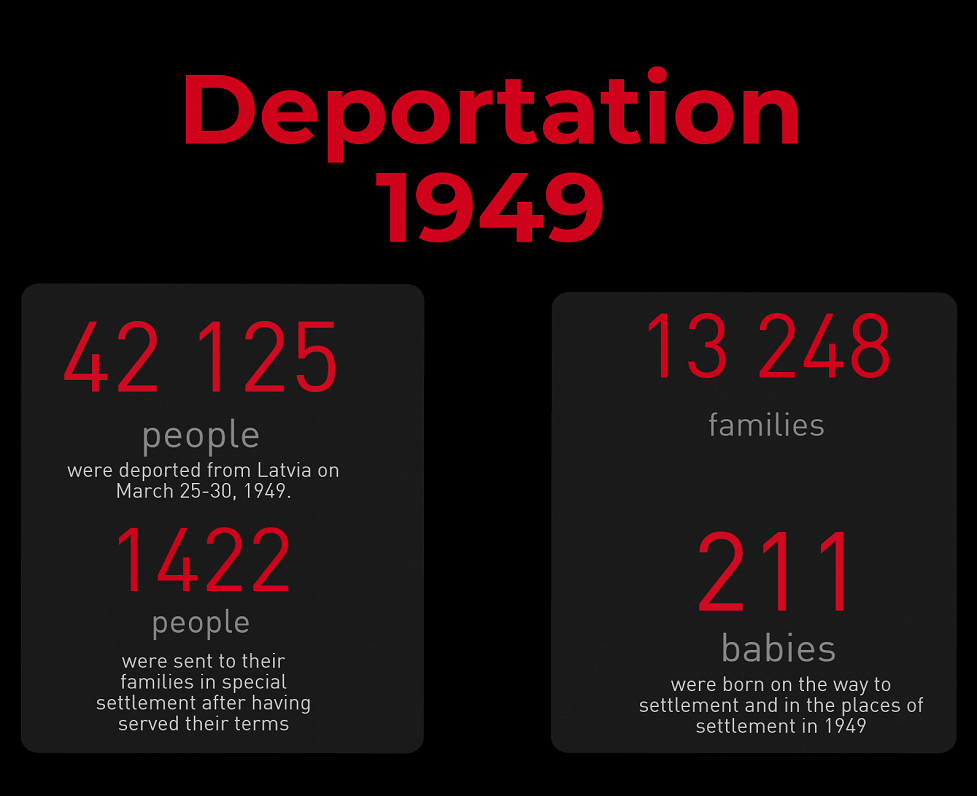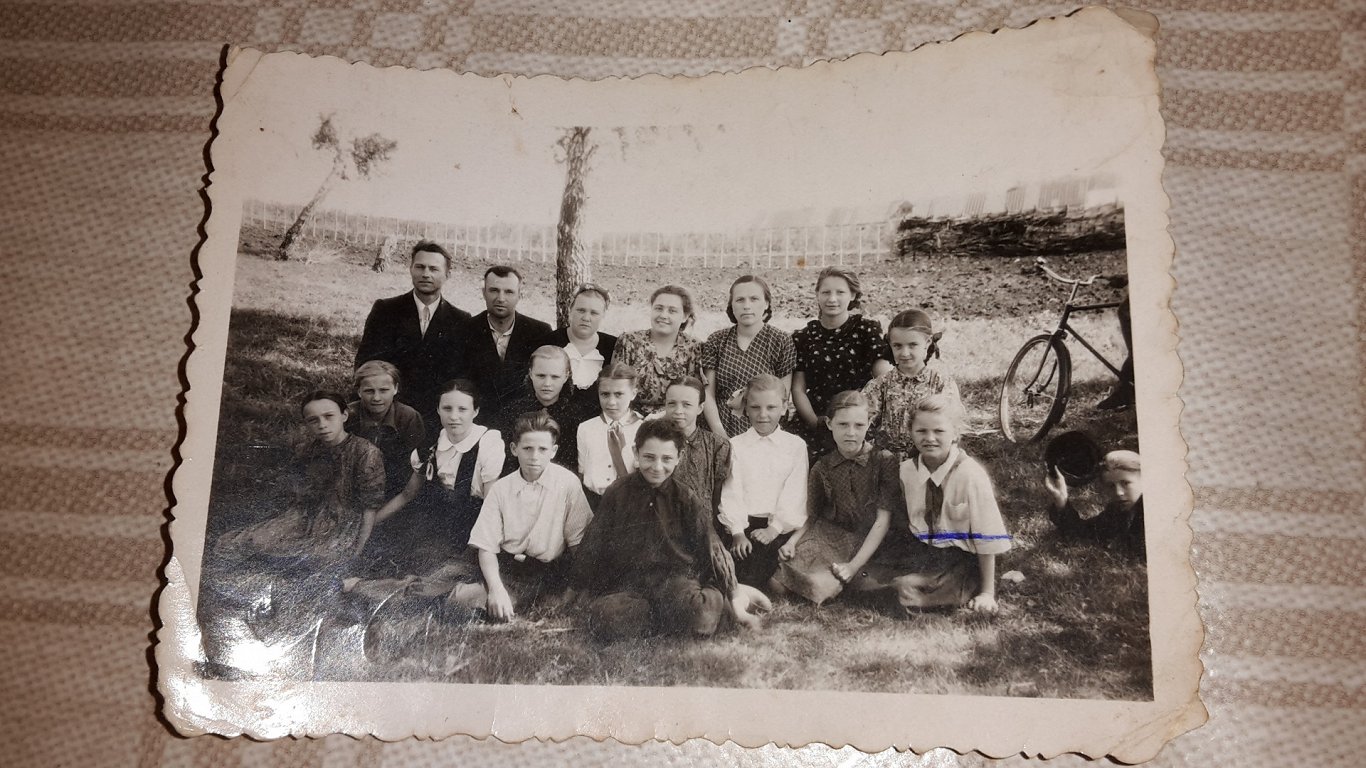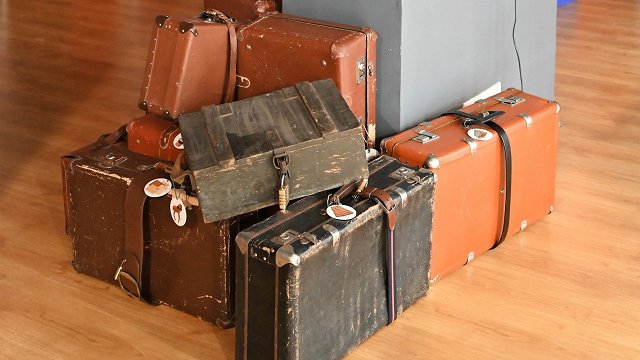Usually the annual commemorations feature a central public flower-laying ceremony with an address from the president of Latvia. However, due to the ongoing pandemic situation, for a second year more low-key commemorations will take place, with many people choosing to lay flowers as private individuals at monuments and the railheads from which people were deported.
President Egils Levits laid flowers at the Freedom Monument in central Rīga, telling media:
"History and collective memory are the essential elements of every nation. Today, we pay tribute to those tens of thousands of people who were ejected from their life, overnight. Removed from their home here in Latvia and forced out to Siberia where many of them died. Today, as our Constitution says, we commemorate the victims of foreign powers.
"This day is one of the elements of the modern understanding of the world for us, the Latvians. Here, we also pay particular attention to how the world treats these painful atrocities that we have experienced. To me, this is probably one of the most tragic, and also most significant, pages in the history of our nation. Events burnt in our memory that we will never forget. Those lives were not lost in vain. And it is the duty of those living in modern Latvia to honour and remember the victims."
There were two main waves of deportations, the first in June 1941 followed by a second in March 1949.
The deportation strategy sprang at least in part from the Soviet Union's inability to erase memories of the independent and prosperous Baltic states of the inter-war years. There was continued resistance from the national partisans, or “forest brothers”, and the deportations were supposedly targeted at supporters of continued resistance, farmers unimpressed by the Soviet system of collectivised farming and anyone suspected of being an intellectual or disloyal follower of Communism, but given the huge scale of deportations, it was not necessary to have done anything at all to become a deportee overnight.
Women and children under 16 years of age constituted 73% of the deportees. Altogether 30,620 families and 94,799 people were deported from the three Baltic States. You can learn about the experience of five deported children and their parents through the compelling online exhibit “Be Yourself!”.
For further information about the Soviet deportations from the Baltic states, the Ministry of Foreign Affairs has this excellent summary produced by the Museum of the Occupation of Latvia.




























